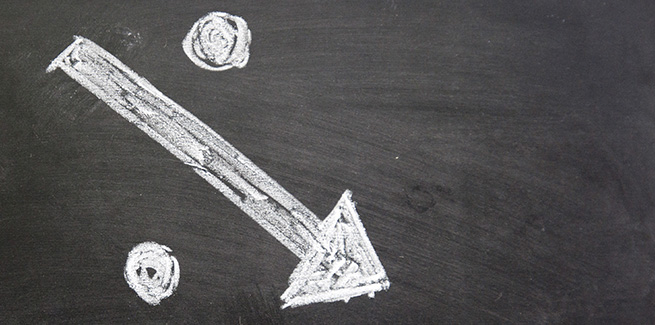National Australia Bank (NAB) has announced cuts to fixed home loan rates of up to 55 bps, including a second rate below 2 per cent.
The bank has cut 55 bps from its five-year Choice package fixed rate for owner-occupiers paying principal and interest, with the new rate now at 2.29 per cent per annum.
NAB has also made an 11-bps cut to its three-year fixed rate home loans for owner-occupiers paying principal and interest on the NAB Choice package, while the four-year fixed rate has remained stable.
The lowest rate for both the three-year and four-year fixed rate home loans is now 1.98 per cent per annum.
Meanwhile, fixed rates for investors have been reduced by between 5 and 15 bps, with the lowest two and three-year fixed rate principal and interest home loan on NAB’s Choice package now at 2.44 per cent per annum, down from 2.49 per cent per annum.
Commenting on the rate reductions, NAB executive, home ownership, Andy Kerr said: “Both our three and four-year fixed rates for owner-occupiers paying principal and interest are now below 2 per cent, a level that would have seemed unbelievable just a few years ago. These changes will also offer our lowest ever rate to property investors.”
NAB previously cut its fixed rate home loans by up to 81 bps, and 200 bps from the rates on its QuickBiz Loan in November 2020, along with the three other major banks.
Several lenders have recently cut their rates, including non-major banks, as the official cash rate remains at a record low of 0.10 per cent, and is poised to remain at these levels for at least three years.
The Finance Brokers Association of Australia (FBAA) has welcomed NAB’s rate reduction announcement, stating that it is at a “more competitive level”.
However, FBAA managing director Peter White has expressed concern that NAB still had a margin that has allowed it to reduce rates by 55 bps.
Commenting further, he said: “We hope it hasn’t left existing borrowers on excessively high fixed rates that have large margins in them.
“It can be easy for borrowers to be attracted to a new competitive home loan rate that seems more appealing than before, but they must be cautious when looking at fixed rates to ensure their financial needs are being met.
“It is crucial that borrowers shop around and use a mortgage broker who by law acts in the best interests of the borrower to ensure that they have a lending facility that meets their needs.”
Applications levels ‘strongest’ in five years
According to Mr Kerr, home lending applications at NAB have been their “strongest” in five years for the month of January.
“We’re seeing very strong demand in the housing market, with activity post-Christmas picking up much more quickly than usual,” Mr Kerr said.
“This has come despite the ongoing challenges presented through the pandemic.
“For the past few months, home lending applications have been at their highest level in several years as buyers flock back into the market after a quiet period through the nationwide lockdowns.
“We expect the current trends to continue in the near term, given the historic low rates and government support programs.”
According to the Australian Bureau of Statistics’ (ABS) lending indicators data for December 2020, the total value of new housing loan commitments rose by 8.6 per cent (seasonally adjusted) in December to $26 billion, a 31.2 per cent rise on December 2019.
The auctions market has ramped up following the lull during the January period, with a total of 2,094 homes scheduled for auction across the combined capital cities for the week ending 21 February, up from 1,496 the week prior, and significantly higher than the 24 auctions held during the week ending 10 January.
Mr Kerr also provided his predictions for the housing market, stating that: “NAB is currently forecasting house price growth of around 10 per cent for Australia’s capitals in 2021, with apartment price growth likely to be a bit more subdued, particularly in Melbourne and Sydney.”
The forecasts have followed those by AMP Capital, which recently predicted that the average capital city home prices could rise by 5 to 10 per cent in 2021 and 2022, while the Commonwealth Bank of Australia said that property prices could rise by over 14 per cent in the next two years.
[Related: Fixed rates slashed over 2,000 times in 2020]










